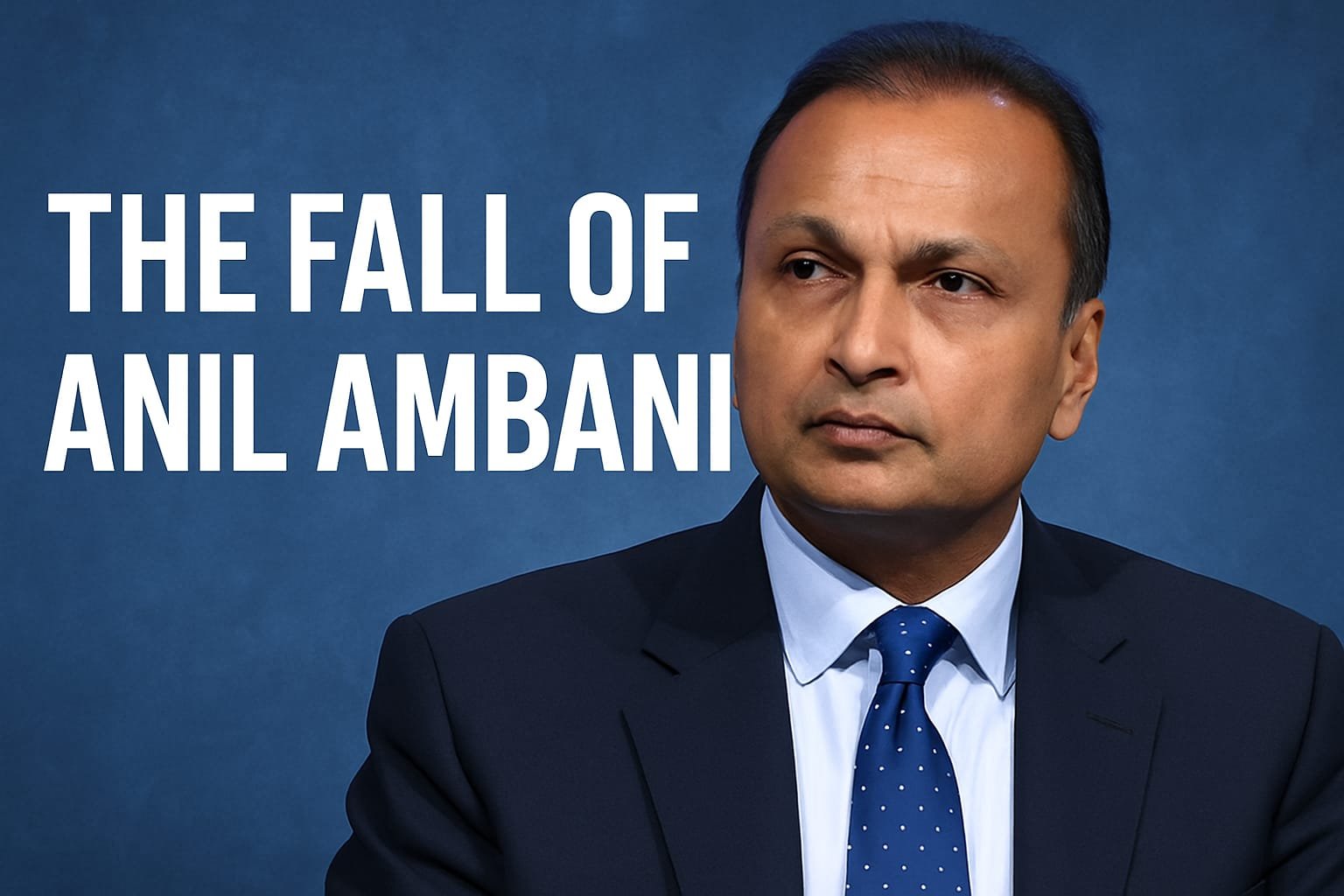
Smartphones once symbolized India’s rising aspirations: mobility, modernity, and middle-class ambition. But in early 2025, that symbol cracked. According to IDC India, smartphone sales fell 6% year-on-year in Q1, while smartwatch shipments plummeted 33%. These aren’t just numbers. They are signals that something deeper is shifting in the Indian economy.
For a country that recently sold over 40 million smartphones each quarter, this drop speaks volumes. Together, smartphones and smartwatches make up nearly 80% of India’s electronics revenue. When demand for them crashes, it shakes not just stores but supply chains, service networks, financing models, and the broader electronics ecosystem.
The Anatomy of a Decline
Over the past five quarters, smartwatch sales have dipped consecutively. This trend was once thought to be pandemic-related but has now extended well into what was supposed to be a recovery phase. Smartphones, which had rebounded during 2022 and 2023 with pent-up post-COVID demand, have seen three quarterly dips since mid-2024. The trend is not seasonal. It is systemic.
Manish Khatri, partner at Mahesh Telecom, sums it up bluntly: “Right now, no buyer is asking for inexpensive smartwatches. They are finding little value in them, even as a freebie in some cases.”
Behind this consumer disinterest lies a more somber truth. India’s purchasing power is shrinking.
Consumer Sentiment Cracks
The problem is not just about price sensitivity. It is about economic fatigue. Retailers and analysts alike report lower store footfalls and weaker online conversions. Navkendar Singh of IDC India notes a hard truth: “There is no organic demand for gadgets in India.” The industry is increasingly dependent on festival discounts, cashbacks, and bundled deals just to stay afloat.
The reasons are both statistical and emotional:
- Urban unemployment remains above 8.5%, and youth joblessness, especially among graduates, is touching 23%.
- Household debt has risen sharply, fueled by high-interest EMIs and stagnant wages.
- Inflation in essentials, from food grains to school fees, has left little room for discretionary spending.
- Consumer confidence indices, tracked by RBI and independent agencies, have shown a consistent dip since late 2023.
In such an environment, gadgets turn from aspiration into afterthought.
Why This Matters Beyond Retail
Smartphones and wearables were once the face of India's digitization dream. Government initiatives like Digital India, BharatNet, and UPI adoption relied on the widespread availability of mobile devices. A stall in handset sales does not just hurt brands. It potentially affects digital inclusion, fintech penetration, and edtech outreach in lower-income and rural segments.
Moreover, this slump may derail India's ambitions of becoming a global electronics manufacturing hub under schemes like the Production-Linked Incentive (PLI). Manufacturers need local demand to justify capacity. A weak domestic base discourages global majors from investing further.
The Apple Illusion
Interestingly, Apple continues to show strength in India. Heavy financing options and brand aspiration ensure its iPhones stay in demand. But this is a distorted picture. Apple caters to the top 5 to 7% of Indian consumers. The health of an economy is not measured by luxury demand but by how the middle 70% spend. And that is where the silence grows louder.
As one pan-India retailer admitted on condition of anonymity, “Sustaining businesses only on premium gadgets is dangerous. Margins are higher, yes, but volumes are low and shrinking.”
The Broader Message: India’s Consumption Engine Is Coughing
Smartphones, once seen as a necessity, are now being deferred. Smartwatches, once fashionable, are now dispensable. The takeaway is hard-hitting. India’s middle class is growing cautious, if not poorer. In an economy where consumer spending contributes nearly 60% of GDP, this caution could become contagion.
When buyers stop upgrading phones, it is not just about skipping a model. It is about skipping the idea of progress itself. For a country that measures development by digital reach, this is a regression in spirit.
Beyond the Screen Lies a Nation in Pause
The plunging sales of mobile phones and smartwatches are not just business statistics. They are social signals. They tell us that the economic optimism once anchored in tech adoption is waning. In India’s once-buzzing electronics stores, there now lingers a strange quiet. Not of technology, but of worry.
India must listen to this silence. In every unsold smartwatch and unclicked “Buy Now” button lies the pulse of a middle class that is waiting, watching, and not spending.










.jpeg)




.jpeg)
.jpeg)




